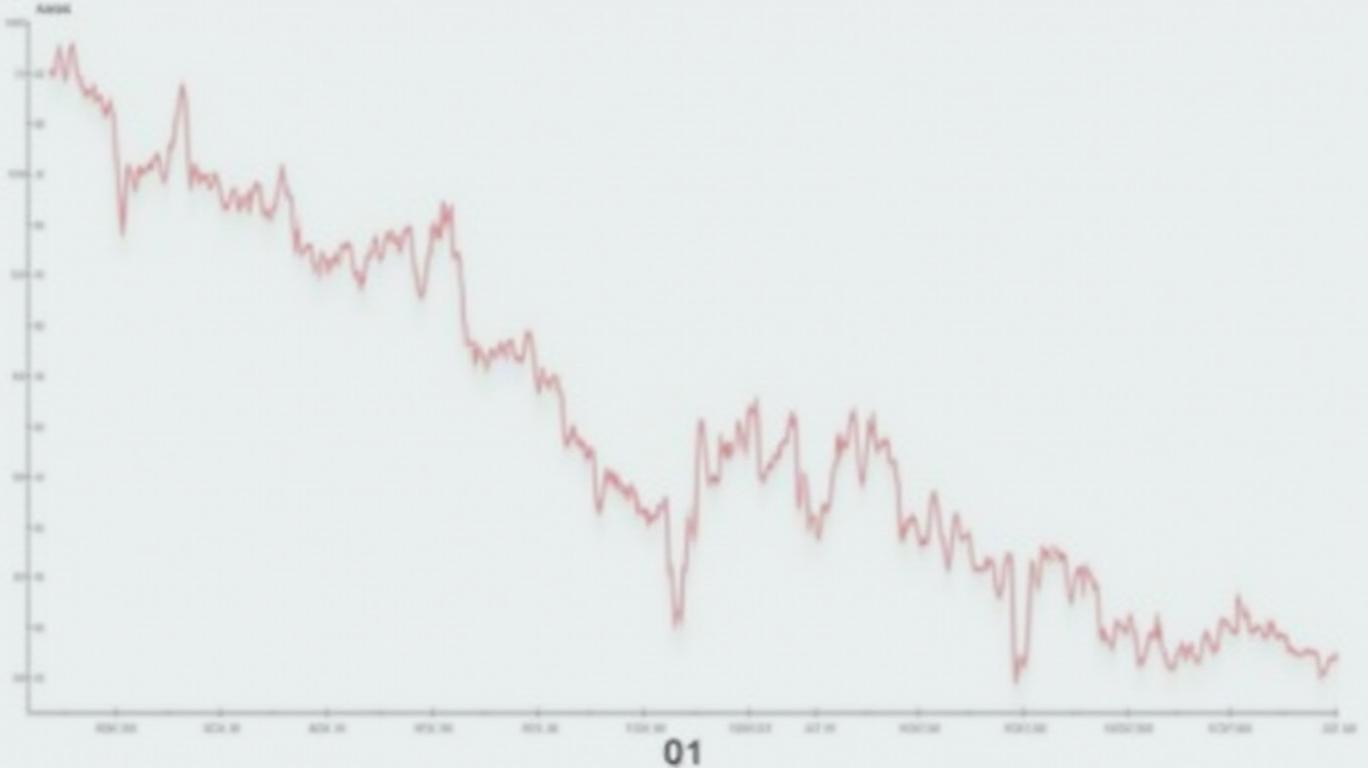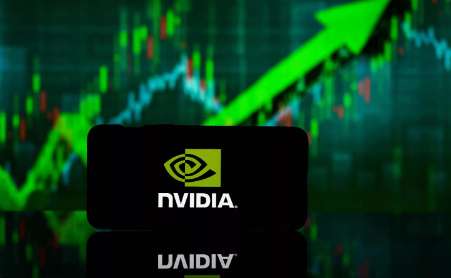HCLTech's Discretionary Doldrums: Navigating the IT Services Slowdown
The IT services sector is facing a critical crossroads. HCL Technologies (HCLTech), one of India’s leading IT firms, has signaled that discretionary spending by clients is subdued—a theme that dominated its Q3 FY25 earnings call. The company’s mixed performance highlights a widening divide between non-discretionary IT spending (e.g., core infrastructure, legacy modernization) and discretionary projects (e.g., digital transformation, new software initiatives). Here’s what investors need to know about HCLTech’s challenges, its hidden strengths, and its path forward.
The Discretionary Drag: Q4 Softness and Pipeline Pressures
HCLTech’s Q4 FY25 guidance came in softer than expected, with revenue growth projected to range from -1.32% to +0.6%. Executives pointed to two key factors:
1. Completion of a major transformation project, which reduced top-line momentum.
2. Delayed ramp-up of discretionary deals, particularly large-scale contracts.
While smaller deals closed quickly, the Total Contract Value (TCV) of larger, discretionary projects lagged. This contrasts with the Annual Contract Value (ACV), which grew 23% year-on-year, driven by non-discretionary services like maintenance and cloud migration.
The slowdown isn’t unique to HCL. The broader IT sector faces subdued discretionary spending globally, fueled by macroeconomic headwinds, U.S. budget cuts (e.g., by the Department of Energy), and new trade tariffs. Clients are prioritizing cost-saving measures over “nice-to-have” IT projects.

Underlying Strengths: AI, Cost Control, and a Robust Pipeline
Amid the softness, HCLTech has several levers to mitigate risks:
1. AI and Agentic Platform: Executives emphasized progress with its Agentic AI, which automates business processes and drives cost efficiencies. This initiative is non-discretionary—clients need these tools to modernize legacy systems, even in cost-cutting environments.
2. Cost Discipline: HCL reduced subcontractor costs to 13% of revenue (down from 14.7% in FY24), a strategic shift to preserve margins amid weaker demand. Peers like Tata Consultancy Services (TCS) and Wipro have followed similar paths.
3. Pipeline Momentum: Executives noted the pipeline is near “all-time highs,” with AI-led projects and legacy modernization driving demand. They expect bookings to strengthen in 2025 as clients stabilize budgets.
The company also added two clients in the $100 million tier and four in the $50 million tier, underscoring stronger core client relationships outside discretionary spending.
Risks and Challenges: Attrition and Sector-Specific Weakness
Not all is rosy. HCL faces two key risks:
1. Attrition: Employee turnover rose to 13.2%, likely linked to cost-cutting measures in discretionary areas like subcontracting. High attrition can disrupt delivery timelines and strain margins.
2. Sectoral Headwinds: The automotive vertical, particularly German automakers, continues to underperform, with declines expected for one to two more quarters. This sector’s weakness limits discretionary spending opportunities.
Outlook: Stabilization Ahead, but Investors Must Be Patient
Management expects stabilization in discretionary spending across verticals like healthcare and manufacturing (excluding automotive) in 2025. The Q1 “soft patch” is seen as temporary, with stronger bookings expected as clients finalize budgets.
The data supports cautious optimism:
- ACV growth of 23% underscores resilience in core services.
- The $100 million+ client additions signal expanding long-term partnerships.
- Agentic AI’s adoption is accelerating, with use cases in small AI models for process automation.
However, investors must weigh these positives against near-term headwinds. The Q4 FY25 softness and sectoral risks suggest HCLTech’s stock (currently trading at ~₹1,450) may remain volatile until discretionary spending recovers.
Conclusion: A Buy for the Long Game?
HCLTech’s subdued discretionary spending environment is a microcosm of the broader IT sector’s challenges. While the company faces near-term headwinds, its focus on AI-driven modernization, cost discipline, and a robust pipeline positions it to capitalize on stabilization in 2025.
Crucial data points:
- 23% ACV growth shows non-discretionary services are holding up.
- Pipeline at all-time highs suggests 2025 could see stronger bookings.
- Subcontractor costs down 1.7% highlights margin preservation efforts.
For investors, HCLTech is a “wait-and-see” play. If discretionary spending stabilizes as management forecasts—and the automotive sector rebounds—the stock could outperform peers. But patience is key: this is a story that will unfold over quarters, not weeks.
Stay tuned to HCLTech’s Q1 FY26 results, which will test whether the stabilization thesis holds.









